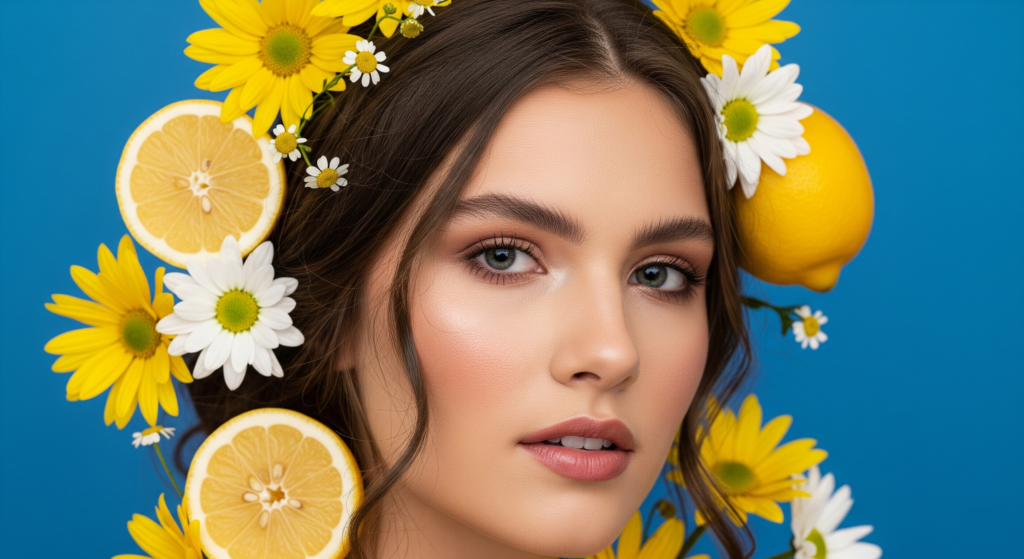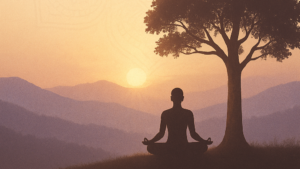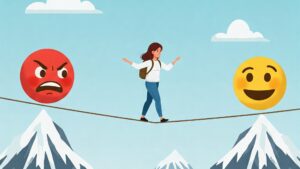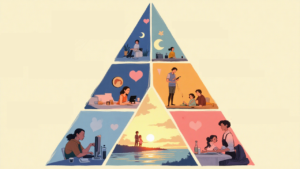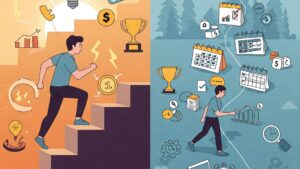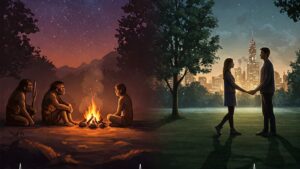The world of fashion just hit a turning point. In its August issue, Vogue Business showcased flawless AI-generated models. At first glance, the pictures looked like any high-fashion shoot: glossy, elegant, aspirational. But they weren’t real. They were code. And that single fact set off a storm.
Long-time readers called it a betrayal. Some even canceled subscriptions, claiming Vogue had crossed a line. For them, fashion has always been more than clothes; it’s a performance of identity, a celebration of human presence. Replacing people with programs felt like replacing that very identity.
And it isn’t just fashion. The tremor runs wider. In gaming, Tencent Games launched VISVISE, an AI tool that produces concept art and animation at lightning speed. Work that once required a skilled team for weeks can now happen in minutes. Entire creative timelines are collapsing into seconds.
Even small art communities are caught in the tension. In Grand Rapids, a local poster contest spiraled into a heated debate when an AI-generated entry appeared. Was it fair? Was it even art?
From glossy magazines to game studios to quiet town contests, the pattern is the same. A question keeps echoing, and it is not a small one.
What does it mean to create something original when AI can make art that looks real?
The Core Question: What Is Originality?
For centuries, originality felt clear. It meant something born from a human mind, shaped by effort, mistakes, and the unpredictable rhythm of inspiration. It carried the weight of process: the midnight struggle, the torn drafts, the artist doubting themselves before stumbling on a perfect line. That was its value—the story behind the stroke.
But now, AI can do the same work in seconds. And it does not feel joy or pain when it creates. There is no trembling hand, no cigarette smoke in a dim studio, no quiet moment of despair before the breakthrough.
So what is originality now? Is it only about making something new? Or is it about the process and the person behind it?
We call something art because it carries a human story. We see ourselves in it. A painting is not just pigment on canvas; it’s a diary written in color, a confession that speaks beyond words. When Van Gogh painted Starry Night, it wasn’t merely stars; it was his turbulence, his longing, his agony turned into light (MoMA).
And when that human connection disappears, we feel something missing. Maybe that’s why AI art feels “cheap.” It looks perfect, but it doesn’t bleed.
But here’s the harder question: Do we love art because of what it is, or because of the human journey behind it? If art has always been a mirror for identity, what happens when the mirror is built by a machine? Does it still reflect us, or does it shatter the illusion we’ve been living with?
Are We Any Different from Machines?
We like to say, “Machines are mechanical. We are human. We feel. We imagine.” But before we settle on that comfort, pause for a moment and look closer.
How does the mind work? A thought arises, and we react. Someone praises you, and you feel joy. Someone insults you, and you feel anger. Where do these reactions come from? From stored experiences, from memory. The mind compares, judges, and responds based on the past, like a program running old code.
We call it thinking, but is it truly fresh? Or is it just a rearrangement of yesterday?
Jiddu Krishnamurti once said, “Thought is never free; it is the response of memory.” If that’s true, then much of what we call creativity might just be an echo—a remix of the known.
AI processes patterns from billions of images. We process patterns from years of impressions. Both are mechanical in some sense, both driven by conditioning. The difference may not be as vast as we imagine.
So maybe the real question is not about AI art at all. Maybe it’s about us: If our minds are reactive, repetitive, conditioned, are we truly original? Or have we only been living in an elegant illusion of originality?
The Crisis of Authenticity
This question doesn’t stop at art. It spills into music, writing, social media, even identity itself. We live in a culture obsessed with being “authentic.” Influencers turn authenticity into a brand. Yet filters sculpt faces, algorithms script opinions, and now AI writes captions for a curated life.
So what happens when fakeness becomes flawless? When you cannot tell if the voice in a podcast belongs to a person or a program? When every image, every story, can be generated on demand?
We’ve reached a point where real feels like currency, and AI is flooding the market with perfect counterfeits.
Which forces a deeper question: Was authenticity ever about the object itself, or was it about the story we chose to believe?
Beyond the Mechanical: A Spiritual Perspective
The debate over AI and originality may sound modern, but it is an ancient question dressed in new clothes. Spiritual teachers have asked for centuries: Can the mind create anything truly new while it lives in conditioning?
Krishnamurti put it sharply:
“Creation is only possible when the mind is free from the known.” (Freedom from the Known)
If thought is tied to memory, then true originality begins only when thought ends. A radical idea—that creativity is not in doing, but in being.
Osho echoed this spirit:
“Creativity is the greatest rebellion.” (Osho Times)

But rebellion against what? Against imitation. Against the automation inside us that turns life into repetition.
And this is the paradox: we fear machines for being mechanical, yet are we any less mechanical when we live by habit, belief, and borrowed ideas? The real challenge isn’t AI replacing creativity—it’s whether we can transcend the program running within.
True creativity, these teachers suggest, is not about technique or tools. It’s about seeing freshly, without the filter of yesterday.
The Wake-Up Call
AI is here, and it isn’t going away. It will paint, compose, and write, and it will do so faster than we can. But that isn’t the real crisis. The real crisis lies deeper: if originality depends on awareness, then perhaps AI is forcing us to wake up.
Maybe the question AI brings is not whether art can survive, but whether we can. Whether we can discover creativity not as a skill, but as a state of being. Whether we can live in a way that is not reaction, not repetition, but a continuous unfolding of the new.
If machines can create art, can we create a new kind of mind?
